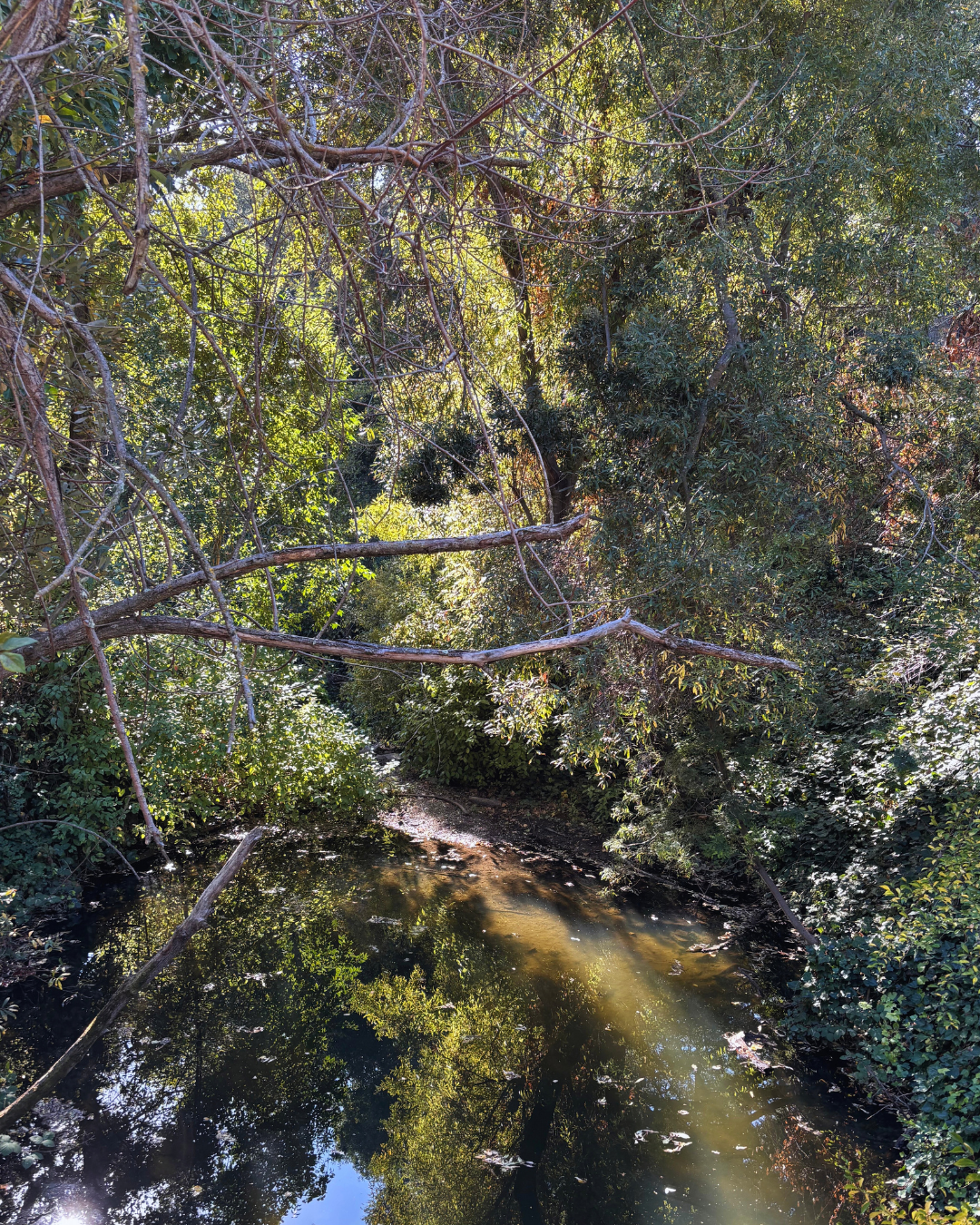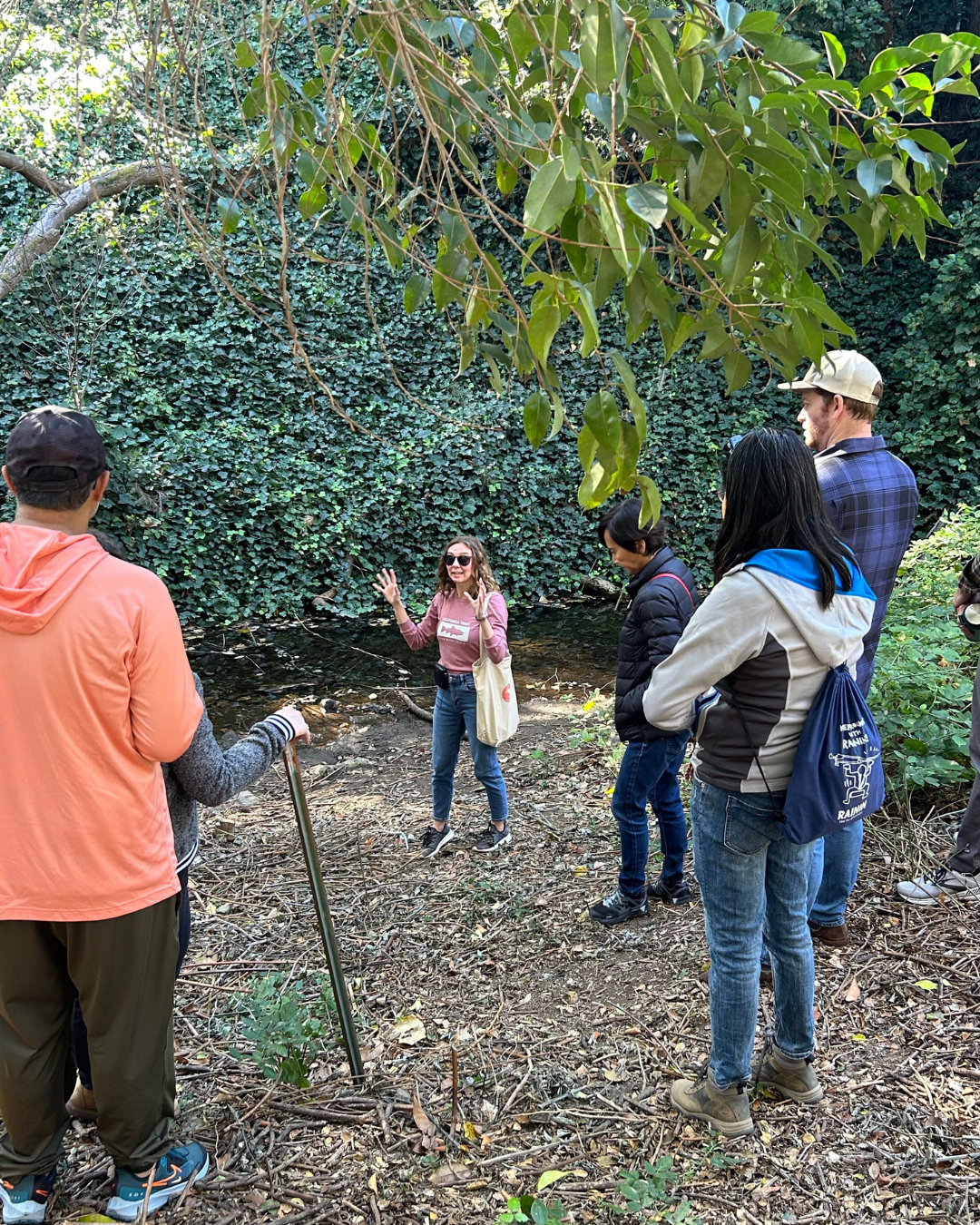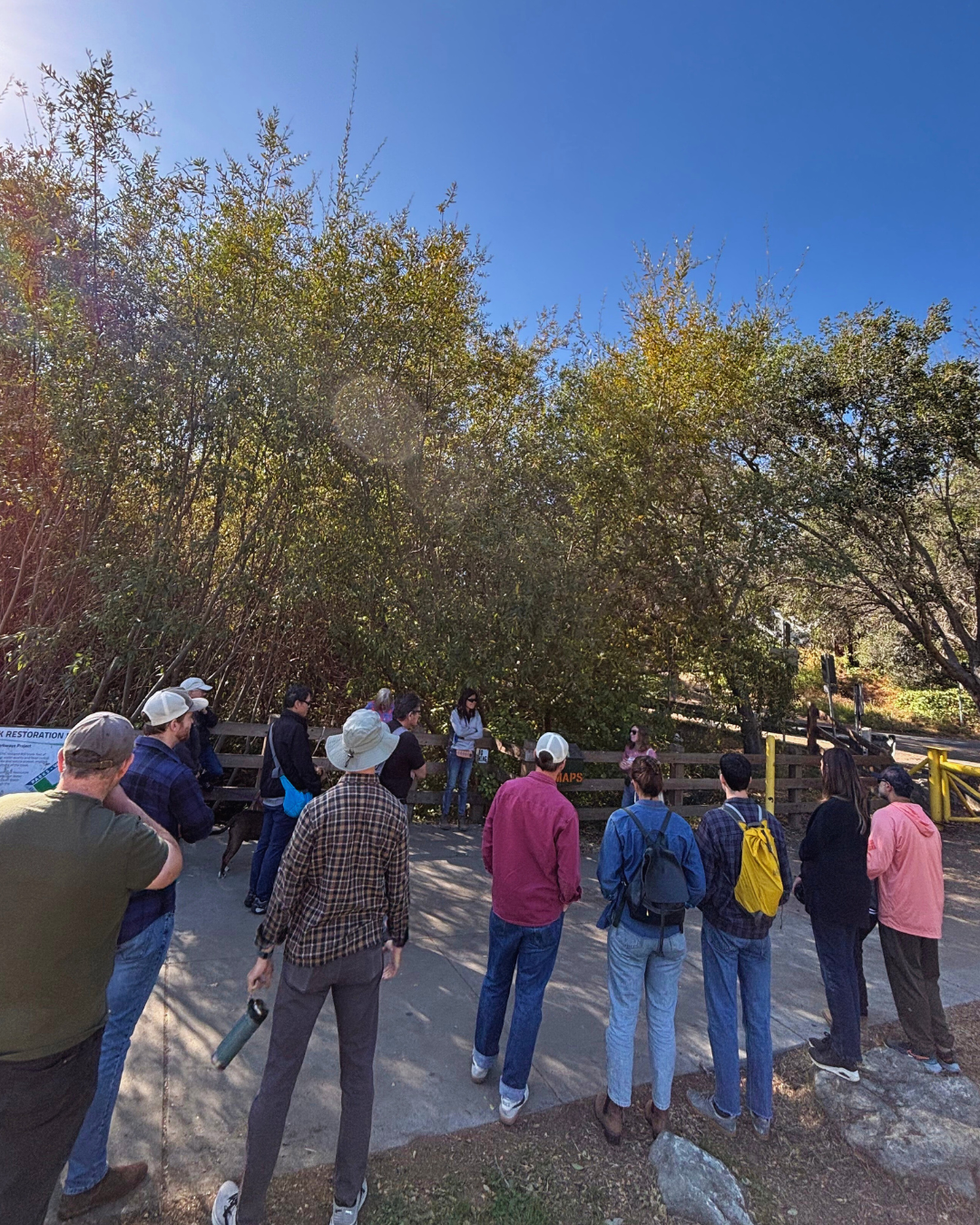Connecting Communities with California’s Waterways
When it comes to connecting people with California's remarkable migratory fish, sometimes you need to dive right in! That's exactly what we did this month with two dynamic events that brought our Migration Matters campaign to life – from the virtual realm to the banks of a living, breathing creek.
Our inaugural Migration Matters webinar brought together over 60 participants for an engaging virtual session featuring expert insights from CalTrout’s very own Dr. Sandra Jacobson, Dr. Jacob Katz, and James Whelan. These specialists illuminated the intricate relationship between fish migration and human communities, demonstrating how healthy ecosystems benefit us all. If you missed the webinar, don't worry – a recording is available below to watch at your convenience.
The weekend prior, we hosted our first-ever Sausal Creek Salmon Stroll in Oakland, which drew over 30 enthusiastic participants eager to learn about Bay Area salmonids. The hands-on experience included an interactive steelhead lifecycle activity, where participants stepped into the shoes (or fins) of migrating fish – complete with a crowned "survivor!" The event offered valuable insights into local watersheds and ongoing monitoring efforts throughout California.
It's energizing to live and work alongside people that share our same curiosity and wonder about local watersheds and fish. The engaging discussions and thoughtful questions at both events showcase why we do this work – to protect what we love! Thank you for making us proud to be part of the California community, one that cares so deeply about creating a healthier state for the fish, water, and people.
Check out our upcoming events and get them on your calendar for more fish-filled fun! Learn more about Migration Matters by reading one of our blogs or watching one of our videos!








